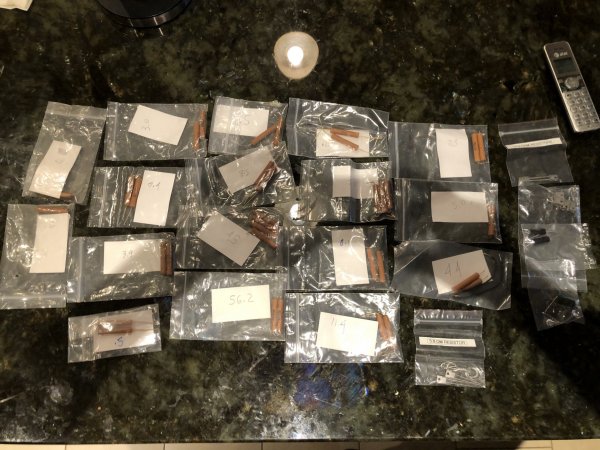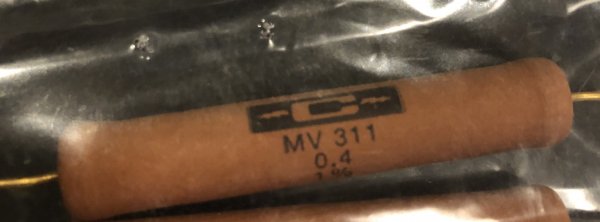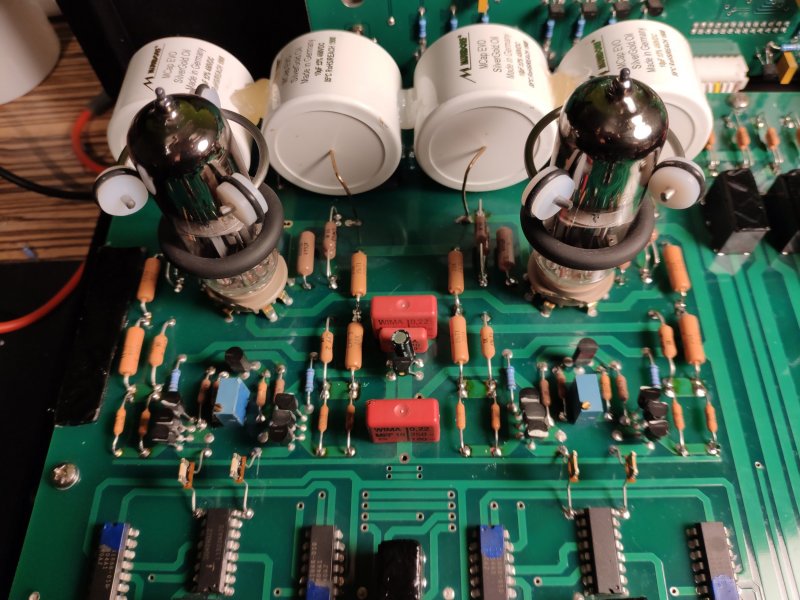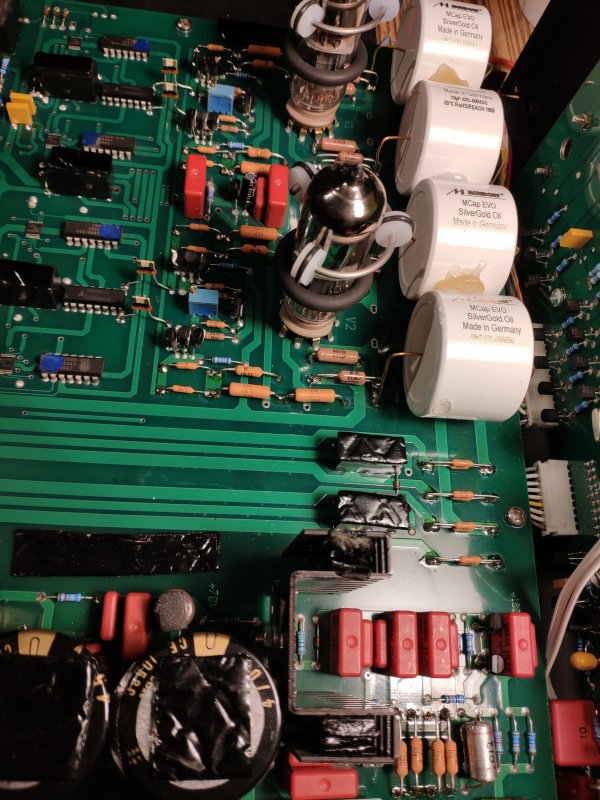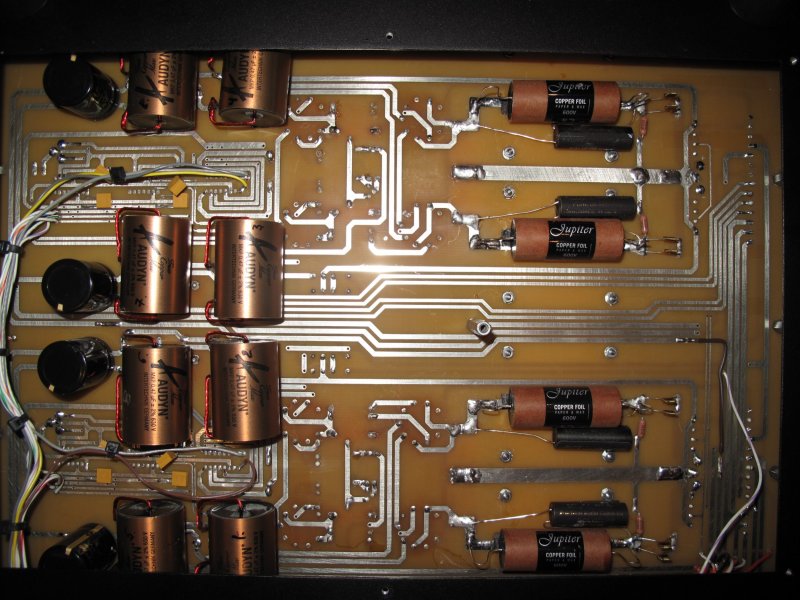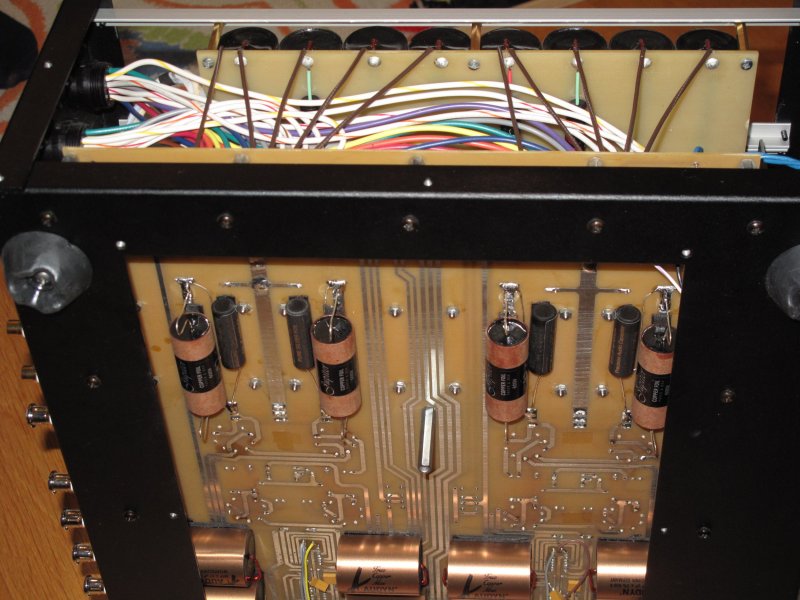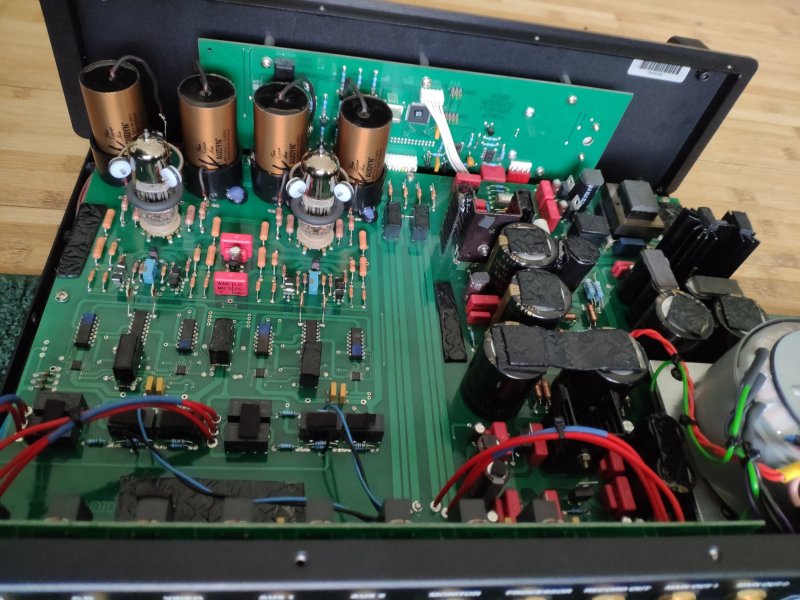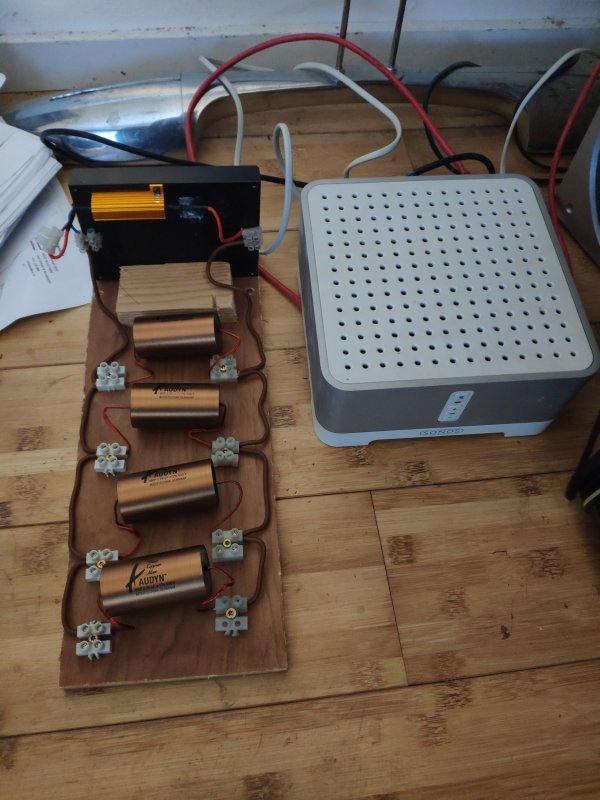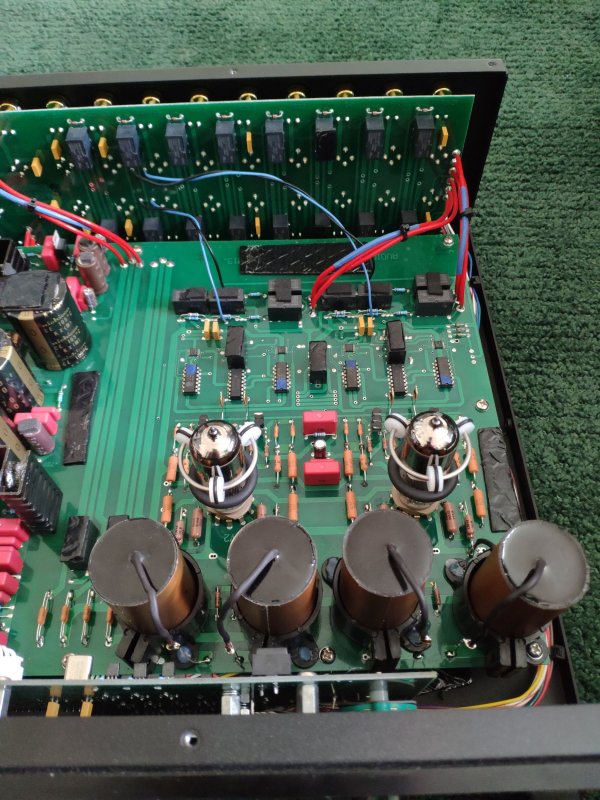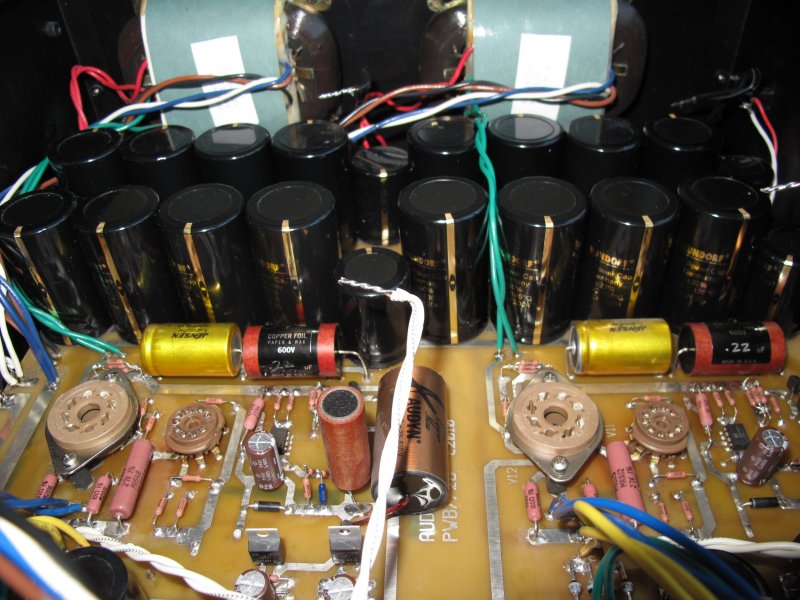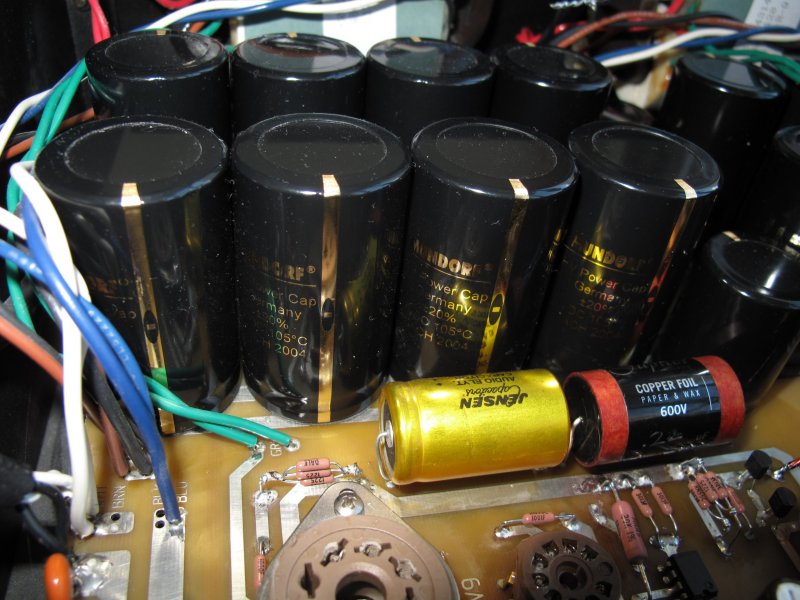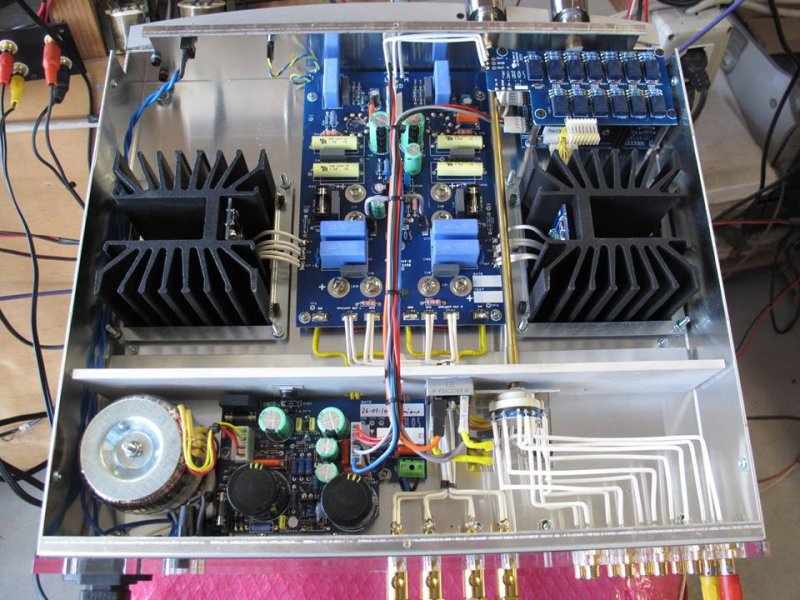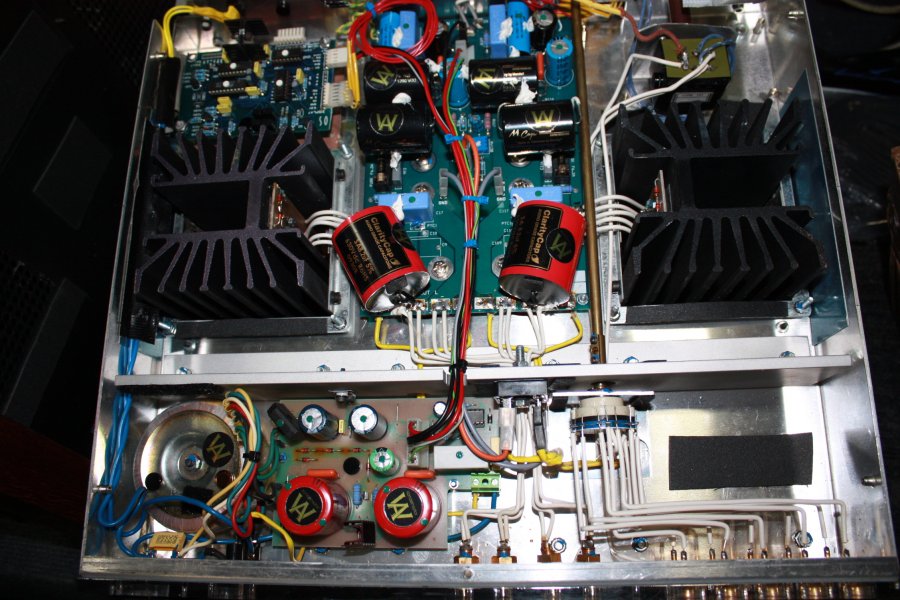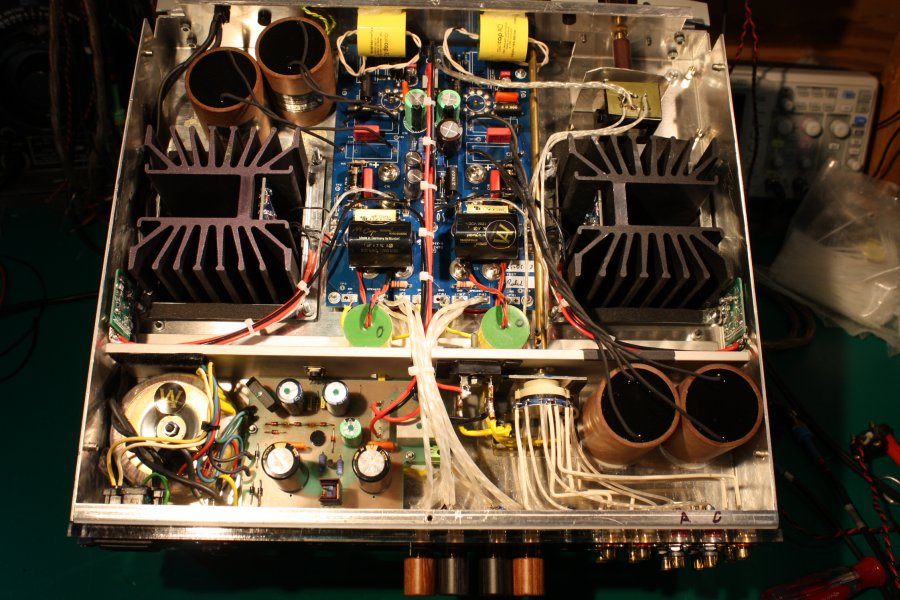It's not a matter of labeling the caps incorrectly, but rather to identify the typical variance of the lot (typically in the hundreds or thousands for a manufacturing run). Put simply, for a given lot, caps are labeled with their mean value and standard deviation. It's up to the engineer to decide what value is appropriate for their specific application and to select or reject accordingly.
Many years ago, I visited John Dunlavy at his company in Colorado because I admired his crossover design (published openly) and questioned him about part of the circuit I didn't understand, He brought me into the factory and took me to the bench where the tech was assigned to measure the capacitance value precisely of a particular part of the circuit and then adjust that value according to a 1% tolerance since the published cap values were inadequate for his needs. He said that it was critical for the time alignment and superb impulse measurements his speakers were famous for. But that key sub-circuit's precision, he said, was not necessary in other parts of the circuit. Then, we went out to dinner, where he got so smashed that the next day he totally forgot what he showed me the previous day in the factory. He was a giant of an audio engineer who I admired very much because of his transparency, but man, that guy could drink like a fish.
Thanks for your reply and a good story, I got a laugh out of the end
I get your point and know about component manufacturing quality sampling etc. The cap tolerance and accuracy as labeled importance depends on the circuit design and application as you suggested. Not disagreeing just stating a bit differently.
















